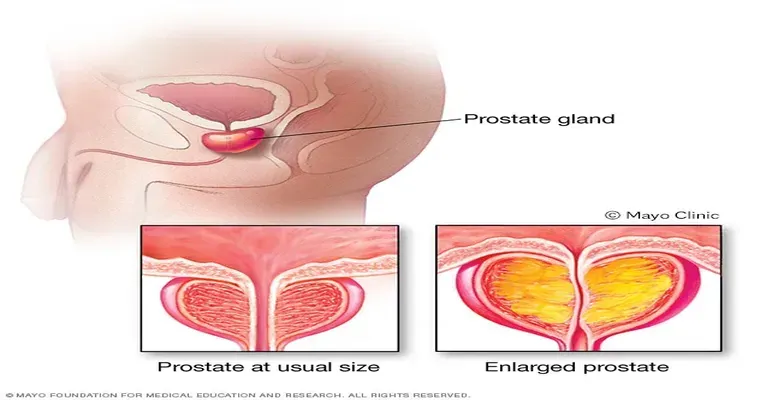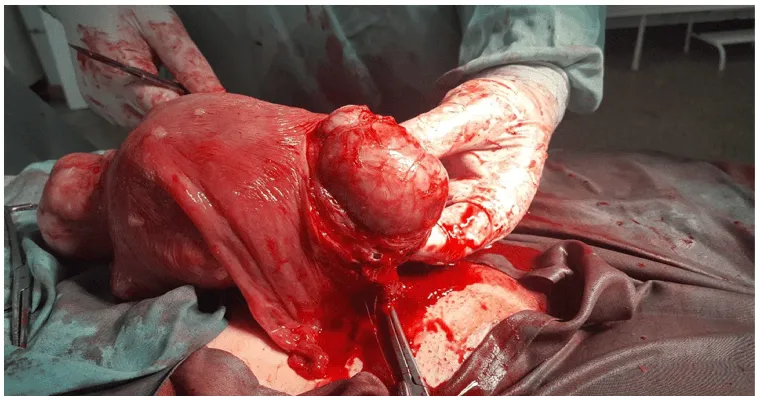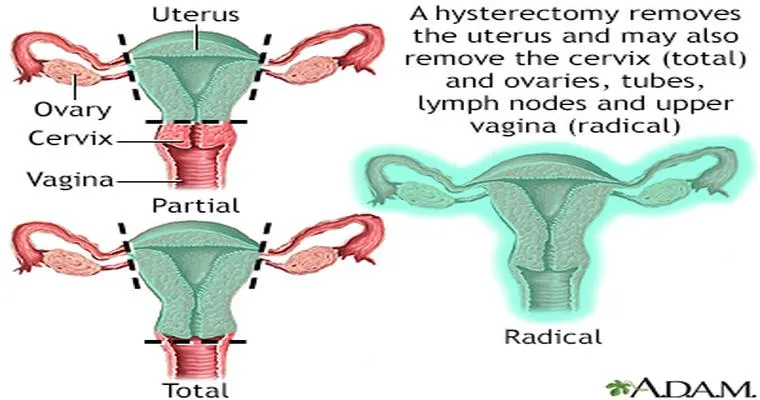As men age, they often face various health challenges, one of the most common being "prostate problems". These issues can range from benign conditions like "benign prostatic hyperplasia (BPH)" to more serious concerns such as "prostate cancer". Understanding the symptoms, risks, and treatment options for prostate problems is crucial for elderly men to maintain their health and quality of life.
Understanding Prostate Problems
The prostate is a small gland located below the bladder that plays a vital role in the male reproductive system. As men grow older, the prostate can undergo changes that lead to various problems. The most prevalent condition is "benign prostatic hyperplasia", which involves the non-cancerous enlargement of the prostate. This enlargement can lead to urinary symptoms such as difficulty starting urination, a weak urine stream, and frequent urination, especially at night.
Risk Factors for Prostate Problems
Several factors contribute to the likelihood of developing prostate problems in elderly men. Age is the most significant risk factor, with men over the age of 50 being more susceptible. Family history also plays a role, as genetics can influence the likelihood of conditions such as prostate cancer. Additionally, lifestyle factors, including diet and physical activity, can impact prostate health.
Symptoms to Watch For
Elderly men should be aware of the symptoms associated with prostate issues. Common signs include:
Increased frequency of urination, particularly at night
Difficulty urinating or a painful sensation during urination
A weak or interrupted urine stream
Blood in urine or semen
Pain in the lower back, hips, or pelvis
Recognizing these symptoms early can lead to timely medical intervention and better management of the condition.
Diagnosis and Screening
If an elderly man experiences any symptoms related to prostate problems, it is essential to consult a healthcare professional. Doctors typically conduct a "digital rectal exam (DRE)" and may recommend a "prostate-specific antigen (PSA)" blood test to assess prostate health. These screenings can help differentiate between benign conditions and more serious issues like prostate cancer.
Treatment Options
Treatment for prostate problems varies based on the specific condition diagnosed. For benign prostatic hyperplasia, options may include lifestyle changes, medications to relax the bladder or shrink the prostate, or minimally invasive procedures to remove excess tissue. In cases of prostate cancer, treatment options can range from active surveillance to surgery, radiation, or hormone therapy, depending on the stage and aggressiveness of the cancer.
Lifestyle Modifications for Prostate Health
Maintaining a healthy lifestyle can significantly impact prostate health. Elderly men are encouraged to:
Follow a balanced diet rich in fruits, vegetables, and whole grains
Stay physically active to support overall health and weight management
Limit alcohol intake and avoid smoking
Stay hydrated, but manage fluid intake to reduce nighttime urination
Conclusion
Prostate problems are a common concern for elderly men, but early detection and proactive management can lead to better health outcomes. By understanding the symptoms, risk factors, and treatment options available, men can take control of their prostate health and improve their quality of life. Regular check-ups and open communication with healthcare providers are essential for addressing any concerns and ensuring timely intervention.





